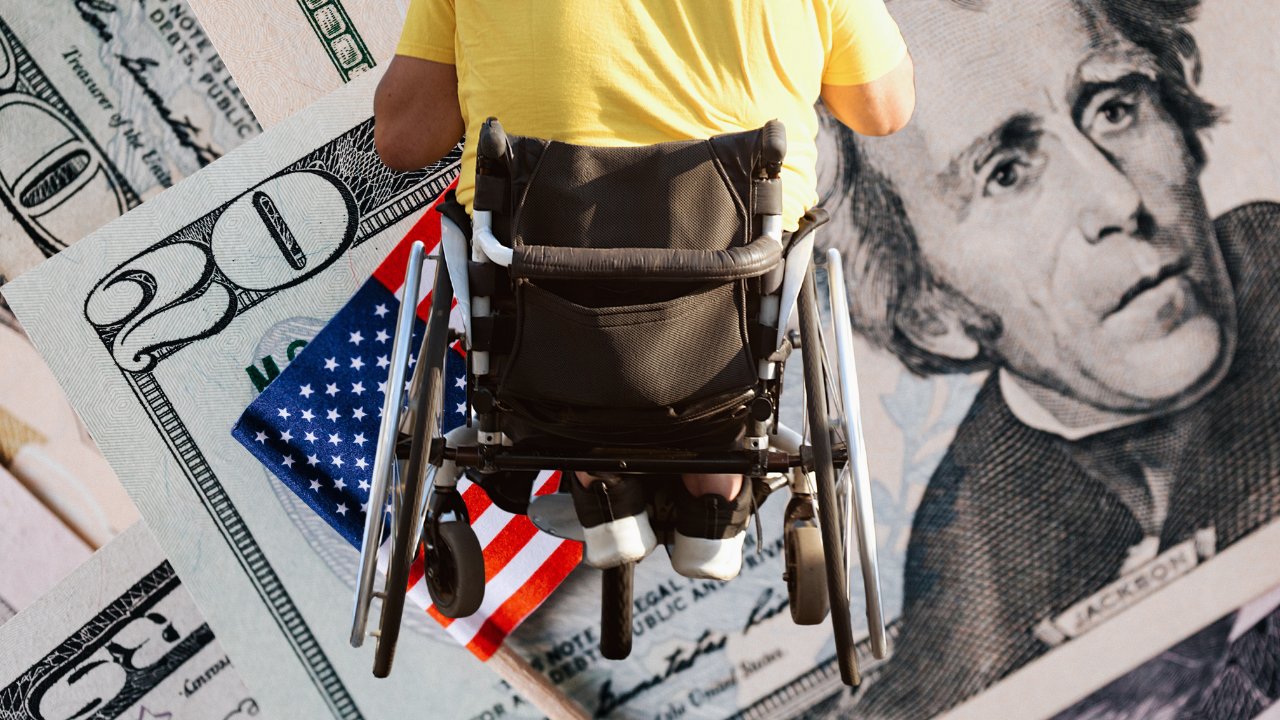Millions of Americans who rely on Social Security Disability Insurance (SSDI) will see a welcome boost in their monthly checks next year. The U.S. Social Security Administration (SSA) announced a 2.8% cost-of-living adjustment (COLA) for 2026 — an increase that will affect about 71 million beneficiaries, including retirees and disabled workers.
While the higher payments are good news, the SSA has also tightened certain eligibility and income thresholds, meaning it may become more difficult for some new applicants to qualify. Here’s what you need to know about the updated SSDI requirements and benefit amounts for 2026.
What Is SSDI and Who Qualifies?
The Social Security Disability Insurance (SSDI) program provides monthly benefits to individuals who have worked and paid into the Social Security system but are now unable to work due to a severe, long-term medical condition.
In 2025, more than 8.9 million adults received SSDI, with the average monthly payment at $1,586. With the new COLA, that figure will rise to $1,630 in 2026 — an increase of $44.
This adjustment is based on the Consumer Price Index for Urban Wage Earners (CPI-W), which tracks inflation and the cost of living. “It’s a necessary increase but not enough to keep pace with real costs, especially in housing and health care,” said Mary Johnson, senior analyst at the League of Older Citizens.
Core Eligibility Requirements for SSDI
To qualify for SSDI in 2026, applicants must:
- Have worked in jobs covered by Social Security.
- Most workers need 40 work credits (roughly 10 years of employment).
- At least 20 credits must have been earned in the last 10 years before the disability.
- Younger workers can qualify with fewer credits — for example, those under 24 may need only 6 credits earned in the last three years.
- Meet the SSA’s definition of disability.
- The applicant must have a medical or mental condition that prevents “substantial gainful activity” (SGA).
- The disability must be expected to last at least 12 months or result in death.
- Undergo a medical and vocational review.
- The SSA reviews medical records and work history to determine eligibility, a process that can take up to six months.
- Historically, around 65% of initial applications are denied, making appeals common.
New Thresholds and Program Changes for 2026
The SSA is increasing income limits and work-related thresholds in line with inflation.
- Substantial Gainful Activity (SGA):
- For non-blind individuals, the monthly limit rises from $1,620 to $1,690.
- For blind individuals, it increases from $2,700 to $2,830.
- Those earning above these levels are considered able to work and thus ineligible for SSDI.
- Trial Work Period (TWP):
- The monthly threshold during the TWP — when beneficiaries can test employment without losing benefits — will rise from $1,110 to $1,210.
“These changes sound small, but they can make it harder for people with partial disabilities to keep benefits while working part-time,” explained Michael Armstrong, a disability attorney based in Chicago.
Maximum SSDI and SSI Payments for 2026
The COLA will also raise the maximum SSDI benefit amounts:
| Category | 2025 Maximum | 2026 Maximum | Increase |
|---|---|---|---|
| Individual SSDI beneficiary | $4,018 | $4,152 | +$134 |
| Family with dependents | $6,040 | $6,228 | +$188 |
For the Supplemental Security Income (SSI) program, which supports individuals with very low income and resources:
| Recipient Type | 2025 | 2026 | Increase |
|---|---|---|---|
| Single individual | $967 | $994 | +$27 |
| Married couple | $1,453 | $1,491 | +$38 |
| Essential person (caregiver) | $482 | $498 | +$16 |
The SSA applies a family limit of 150% to 180% of the individual benefit for households receiving SSDI with dependents.
Outlook: A Modest Raise with Stricter Rules
Advocacy groups such as AARP warn that regulatory changes proposed by the Trump administration could tighten medical reviews and make it more difficult for applicants to qualify. A recent study estimates that stricter “enhanced medical effort” standards could affect up to 100,000 people annually.
While the 2.8% COLA will provide some relief, experts caution that it may not fully offset ongoing price increases in rent, food, and healthcare.
Still, for millions of disabled Americans, any increase represents a lifeline. As Johnson put it: “Every dollar counts when you’re living on a fixed income.”



